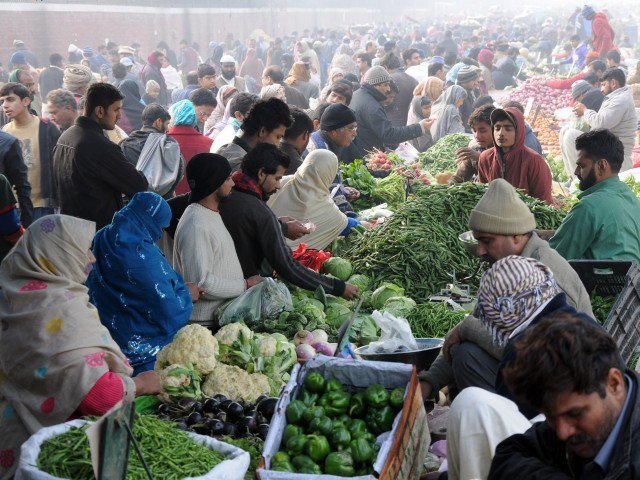
Inflation in Pakistan continued to drop, falling to a low of 1.3% in September, sparking at least some economists to warn of the risk of deflation.
The Consumer Price Index (CPI), the indicator that captures prices of 481 commodities every month, rose by just 1.3% in September on a year on year basis, according to data released by the Pakistan Bureau of Statistics (PBS) on Thursday. It was the lowest level since July 2003.
Although much of the reduction in inflation was attributed to steep decline in commodity prices, even core inflation, which strips out the effect of volatile food and energy prices, was lower. Core inflation clocked in at 3.4% on a year-on-year basis in September, a decline of 0.6% over the previous month. The steady decline led some economists to argue that the government should abandon austere fiscal policies and undertake an economic stimulus to prevent the economy from spiraling into deflation.
Read: Inflation slows down to 1.7%, lowest since 2003
“The government is not taking its own inflation figures serious, which suggest the country has entered a deflationary period,” said Ashfaque Hasan Khan, Dean of School of Social Sciences and Humanities at the National University of Science and Technology.
But while fiscal policy may remain austere, monetary policy has become far more accommodating. The State Bank of Pakistan has recently cut interest rates to a 42-year low of 6% in order to support growth and keep the outlook for future inflation consistent with the target. However, the reduction in discount rate is not helping, as there is little credit left for the private sector to borrow.
While the CPI is in disinflation, the Wholesale Price Index (WPI) is already depicting deflationary trends and was negative by almost half percentage points for ten consecutive months. The negative trend in wholesale prices may spill over to retail prices.
The WPI-based rate of inflation contracted by 3.1% in July-September period of this year as compared to the previous year, according to the PBS.
The CPI-based inflation rate for July-September period also remained at 1.7%, suggesting that overall inflation rate for the current fiscal year 2016 will remain far below the official target of 6%.
Read: Inflation dips to 12-year low at 1.8% in July
According to the PBS, prices of food and non-alcoholic beverages dropped by over 1% in September over a year ago. Perishable food prices decreased over 8% on a year-on-year basis in September.
However, prices of pulses increased in the range of 16% to almost 50% due to shortage of the commodities. The government has already allowed import of pulses to stabilise their prices.
In the energy group, the kerosene oil prices were one-fourth less than the previous September while petrol rates were also lowered by 22% as compared to the last year.
Published in The Express Tribune, October 2nd, 2015.

1728296433-0/Nobody-Wants-This-(1)1728296433-0-165x106.webp)


1736715609-0/Untitled-design-(60)1736715609-0-165x106.webp)


















COMMENTS (9)
Comments are moderated and generally will be posted if they are on-topic and not abusive.
For more information, please see our Comments FAQ